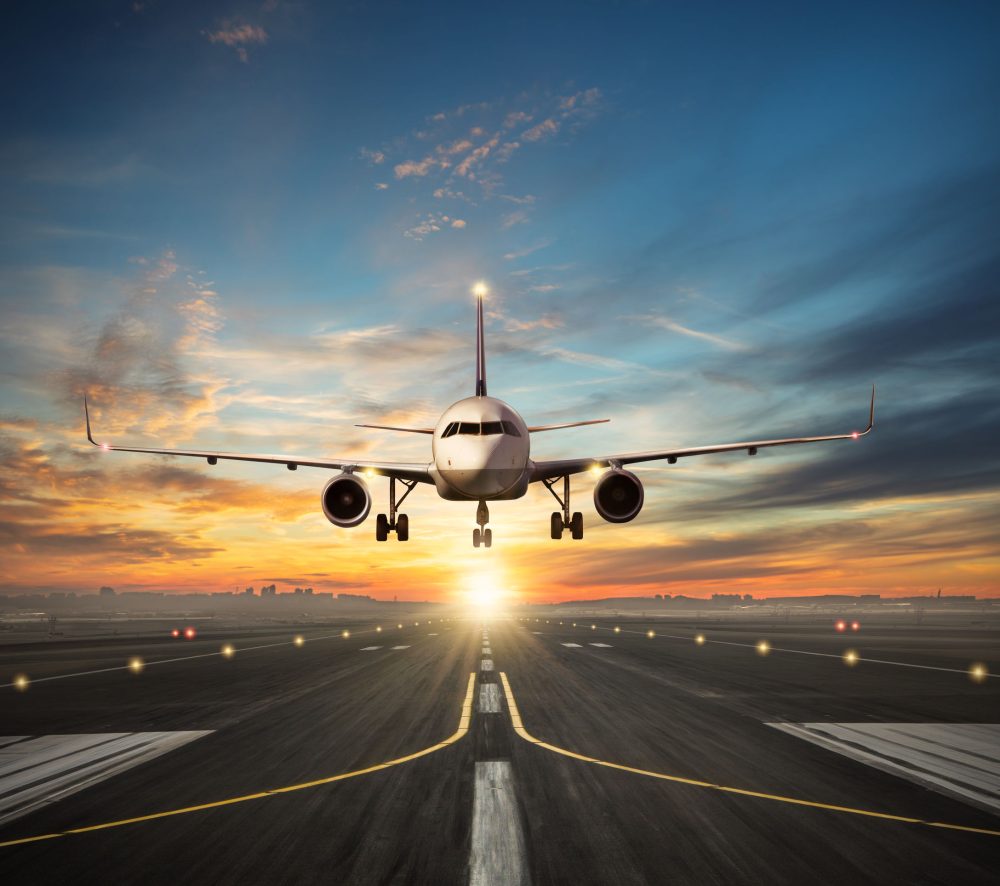
This document offers comprehensive guidance for international travelers arriving at Phu Bai International Airport (HUI). Its primary aim is to facilitate efficient entry into Vietnam by providing essential information on pre-arrival preparations, airport navigation protocols, and available expedited services. This approach seeks to minimize potential delays and enhance the overall arrival experience.
Thorough preparation prior to departure is instrumental in ensuring a streamlined entry process at Phu Bai International Airport. Adherence to the following guidelines is strongly advised.
A valid passport is an indispensable requirement. It must possess a minimum validity of six months beyond the anticipated date of entry into Vietnam and include at least two blank pages designated for immigration endorsements.
👉 E-visa holders: Individuals possessing an electronic visa are required to present a physical printout of their e-visa approval letter. While digital formats may occasionally be accepted, a hard copy serves as a reliable contingency. Verification of the precise alignment between all e-visa details and passport information is imperative.
👉 Visa-free visitors: Travelers eligible for visa exemption should ascertain the permissible duration of their stay. Proof of onward or return travel may be requested and should be readily accessible.
👉 Visa-on-Arrival (VOA) holders: This category necessitates specific preparatory measures:
By meticulously preparing these elements, travelers can significantly mitigate the likelihood of unforeseen complications upon arrival at Phu Bai International Airport, thereby facilitating a smooth and efficient commencement of their visit.

Phu Bai International Airport (HUI), situated approximately 15 kilometers south of Hue city center within Thua Thien Hue Province, serves as a pivotal entry point to the historical city of Hue and the broader Central Vietnam region. Despite its comparatively smaller scale in contrast to major international hubs such as Hanoi (HAN) or Ho Chi Minh City (SGN), HUI operates as a contemporary and adequately equipped facility, accommodating both domestic and an increasing volume of international flights.
The airport, while compact, provides essential services to ensure a satisfactory experience for arriving passengers:
The design of Phu Bai Airport facilitates efficient passenger flow. However, like other international airports, it may experience periods of high passenger volume, particularly during peak travel seasons, which can result in queuing at immigration checkpoints. Familiarity with the airport’s layout and services will contribute to a more confident navigation experience.
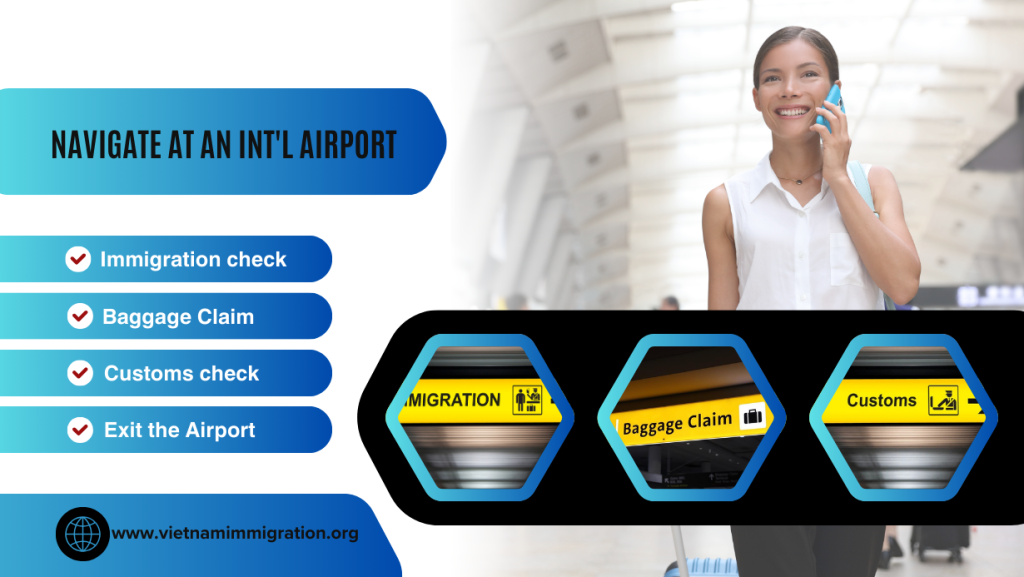
For individuals holding an e-visa or qualifying for Vietnam’s visa-free entry scheme, the arrival process at Phu Bai International Airport is generally streamlined. The following outlines the sequential steps involved:
⚠️ Recommendation: Travelers should be prepared to address routine inquiries concerning the purpose and duration of their visit, as well as their intended accommodation.
⚠️ Note: Retention of the luggage claim tag is important, as airport personnel may conduct verification checks upon exiting the baggage claim vicinity.
Upon retrieval of luggage, proceed to the customs area. Two distinct channels are typically available:
This procedural sequence is designed for efficiency. However, during periods of peak travel demand, longer waiting times may be experienced at the immigration checkpoint.
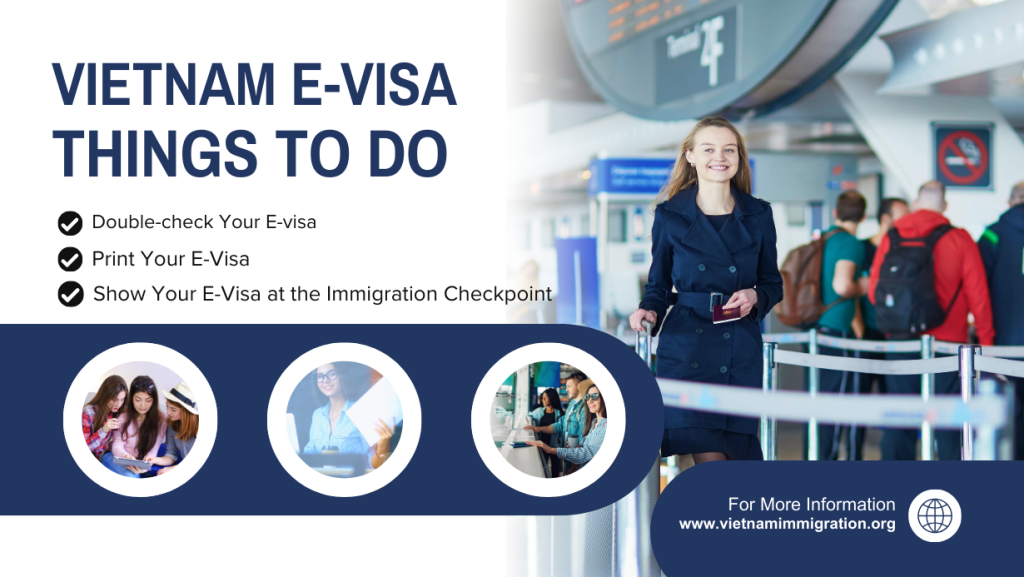
While the entry process for e-visa holders and visa-free visitors at Phu Bai International Airport is generally more streamlined than for visa-on-arrival travelers, several critical aspects warrant attention to ensure an entirely seamless arrival experience.
The immigration checkpoint is often the primary bottleneck for international arrivals. During peak hours, typically mid-morning and afternoon when multiple flights converge, queues can become significantly longer. What may seem like a brief process can extend to 30-45 minutes or more. Such delays, especially after a long flight, can lead to traveler fatigue and reduce valuable leisure time. Even with strict adherence to e-visa protocols or confirmed visa-free status, the physical queuing aspect remains a considerable challenge.
It is imperative to reconfirm that the e-visa is explicitly valid for the designated port of entry, Phu Bai (HUI). While most e-visas are broadly applicable across international airports, this verification provides additional assurance. More critically, every detail inscribed on the e-visa, including name, passport number, date of birth, and nationality, must precisely correspond with the information contained within the passport. Even minor discrepancies possess the potential to result in processing delays or complications at the immigration counter.
Possession of a physical printout of the e-visa approval letter is consistently advised. Exclusive reliance on a digital format (e.g., on a mobile device or tablet) may entail risks such as device power depletion, connectivity issues, or an officer’s preference for a hard copy.
Immigration officers fulfill their official duties and may pose standard questions pertaining to the traveler’s itinerary. These inquiries may encompass:
Although the direct visa-on-arrival process has been circumvented, the aspiration for an even more expeditious and comfortable arrival is understandable. Standard immigration waiting periods can remain considerable, particularly during simultaneous flight arrivals. In such circumstances, services such as the Fast Entry Service at Phu Bai Int’l Airport become notably advantageous. This service is designed to bypass conventional waiting times, offering a privileged experience that facilitates immigration clearance with minimal delay, thereby enabling travelers to commence their journey in a refreshed state rather rather than experiencing arrival-related fatigue.
Consideration of these points will aid in anticipating and mitigating potential slowdowns, ultimately contributing to a highly efficient arrival at Phu Bai International Airport.
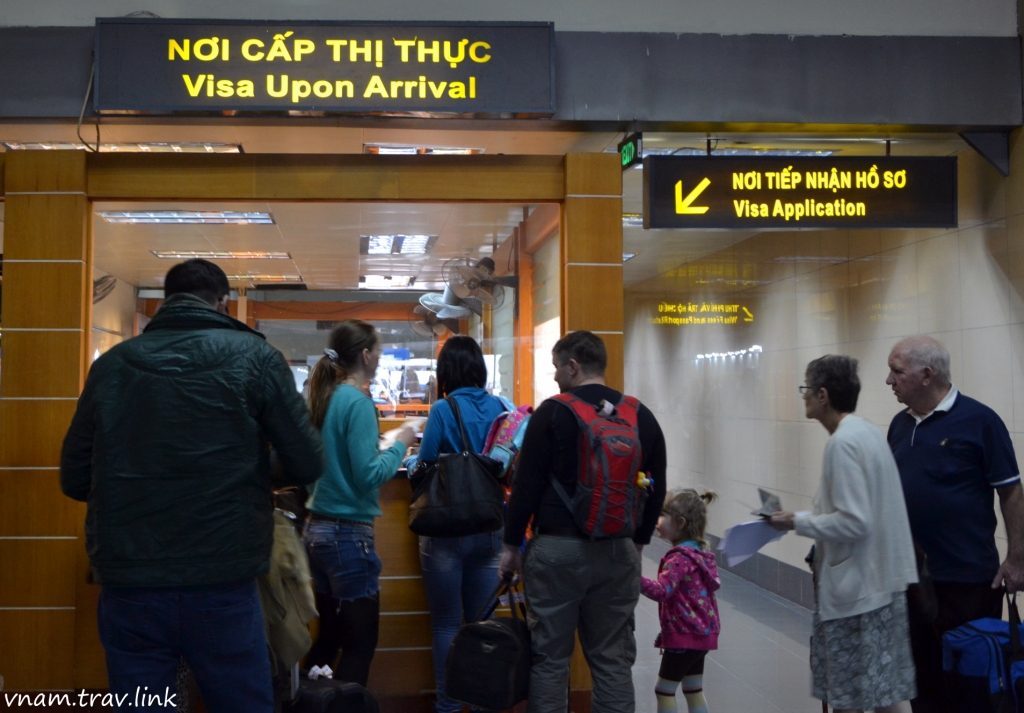
For travelers requiring a Visa-on-Arrival (VOA), the process at Phu Bai International Airport includes an additional, pivotal stage that demands careful attention, as this often represents the most significant source of delays. The following outlines the detailed navigation protocol:
Upon arrival, prior to proceeding to the main Immigration Checkpoint, travelers must first report to the “Landing Visa Counter” (also referred to as the “Visa-on-Arrival Counter”). Directional signage should be meticulously followed, as this counter is typically situated within the arrival hall but is distinct from the primary immigration queues.
At this counter, the following documentation must be submitted:
Immigration officers will review the submitted documents, process the visa, and subsequently affix the visa sticker into the passport. This stage can involve a substantial waiting period, contingent upon the volume of arriving passengers requiring VOA and the operational efficiency of the counter.
The distinguishing factor for VOA holders lies in the initial requirement to visit the Landing Visa Counter, which frequently accounts for the most considerable delays. Meticulous preparation with all necessary documents and the exact cash payment is paramount for minimizing waiting times.
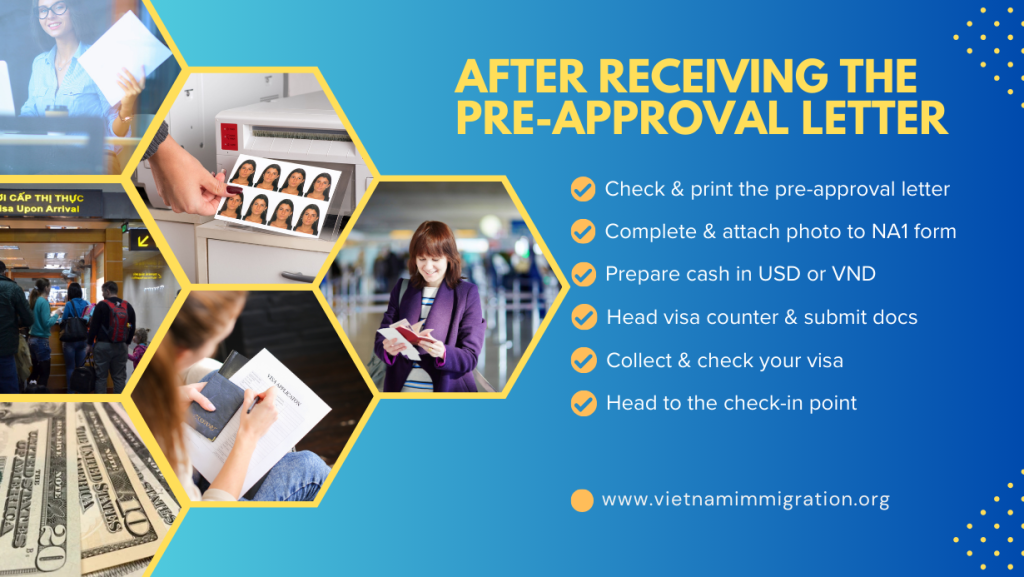
For individuals utilizing the Visa-on-Arrival (VOA) system, navigation through Phu Bai International Airport presents specific challenges that, if not proactively addressed, may lead to significant delays and inconvenience. This process involves an additional, critical step that differentiates it from the procedures for e-visa or visa-free arrivals.
This counter is, without doubt, the most common source of extended queues and processing delays. Unlike other passenger categories who proceed directly to immigration, VOA holders are mandated to visit this counter first to convert their visa approval letter into a physical visa stamp within their passport.
Even subsequent to successfully obtaining the visa at the Landing Visa Counter, VOA holders must then proceed to the primary Immigration Checkpoint. This effectively means confronting two distinct queuing experiences—one for visa stamping and a subsequent one for immigration clearance. While the visa is physically affixed at this stage, general immigration lines can also be extensive, particularly during periods of high passenger volume.
While meticulous preparation, including the completion of the NA1 form, provision of a passport-sized photograph, and availability of exact cash, is crucial, even such diligence cannot entirely eliminate waiting times at the VOA counter or the subsequent immigration checkpoint. These queuing phenomena are prevalent at international airports globally, and Phu Bai International Airport is not an exception.
For VOA holders seeking to optimize their arrival efficiency and comfort, the conventional VOA process can represent a considerable impediment. It is precisely for this reason that specialized services, such as the Fast Entry Service at Phu Bai Int’l Airport, offer substantial advantages. This service permits a dedicated team to manage the visa acquisition process on behalf of the traveler, thereby bypassing the protracted VOA counter procedures. Subsequently, the traveler is escorted through priority lanes at the immigration checkpoint, effectively circumventing both major bottlenecks and enabling a demonstrably expedited arrival experience.
A thorough understanding of these potential challenges and the availability of mitigation strategies, such as the fast entry service, can transform the arrival experience from a potentially arduous ordeal into a smooth and efficient commencement of the visit to Vietnam.
Prolonged queues at immigration checkpoints constitute a common impediment to international travel, and Phu Bai International Airport, despite its operational efficiency, is not exempt from such occurrences. For all categories of travelers—e-visa holders, visa-free visitors, and particularly visa-on-arrival holders—extended waiting periods post-flight can be a source of considerable frustration and consume valuable time that could otherwise be allocated to leisure activities. The definitive solution for circumventing these delays and ensuring an expedited, VIP-caliber arrival is the specialized Fast Entry Service at Phu Bai Int’l Airport.
The Fast Entry Service is meticulously designed to provide a seamless and accelerated progression through arrival protocols, effectively bypassing customary bottlenecks:
The Fast Entry Service fundamentally transforms the arrival experience from a potentially burdensome process into an expedited, stress-free entry. It is particularly advantageous for:
Engagement with this service represents an investment in peace of mind and a demonstrably improved arrival experience at Phu Bai International Airport, ensuring that the journey into Vietnam commences in a refreshed and prepared state.
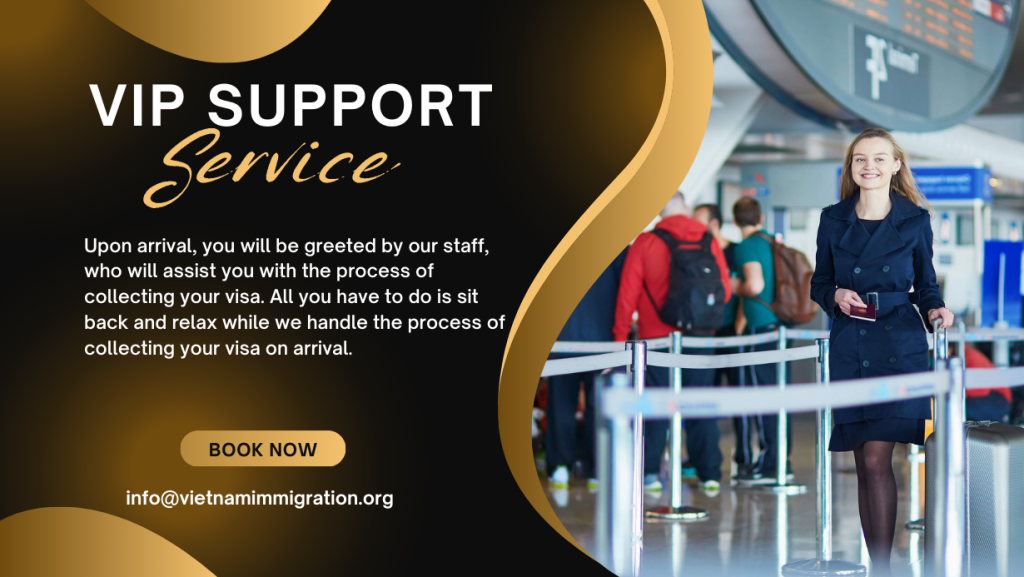
The process for reserving the Fast Entry Service, designed to facilitate a streamlined arrival at Phu Bai International Airport, comprises three straightforward steps, engineered for user convenience and efficiency. The objective is to render pre-trip arrangements as effortless as the subsequent arrival experience.
The procedure for securing fast entry at Phu Bai Int’l Airport is outlined as follows:
The initial step necessitates the provision of pertinent arrival details via a user-friendly online application form. This form requires the following essential information:
Accurate provision of this information is paramount for the effective meeting and assistance upon arrival.
Subsequent to the completion of the application form, the payment for the Fast Entry Service must be processed. A commitment to secure and convenient payment options for international clientele is maintained.
👉 Primary Payment Method: Payments are primarily accepted via PayPal.
👉 Advantages of PayPal: The selection of PayPal confers several significant benefits:
This payment methodology guarantees financial security while offering operational flexibility.
Upon successful submission of the application form and processing of payment, a critical confirmation email will be dispatched. This email serves as the official confirmation of the Fast Entry Service booking and contains vital instructions pertinent to the arrival process.
The confirmation email will typically include:
It is highly recommended that this confirmation email be saved and readily accessible (both digitally and as a printed copy) in preparation for travel. The aim is to ensure the booking process is as transparent and reassuring as the service itself, fostering confidence and preparedness for fast entry at Phu Bai Int’l Airport.
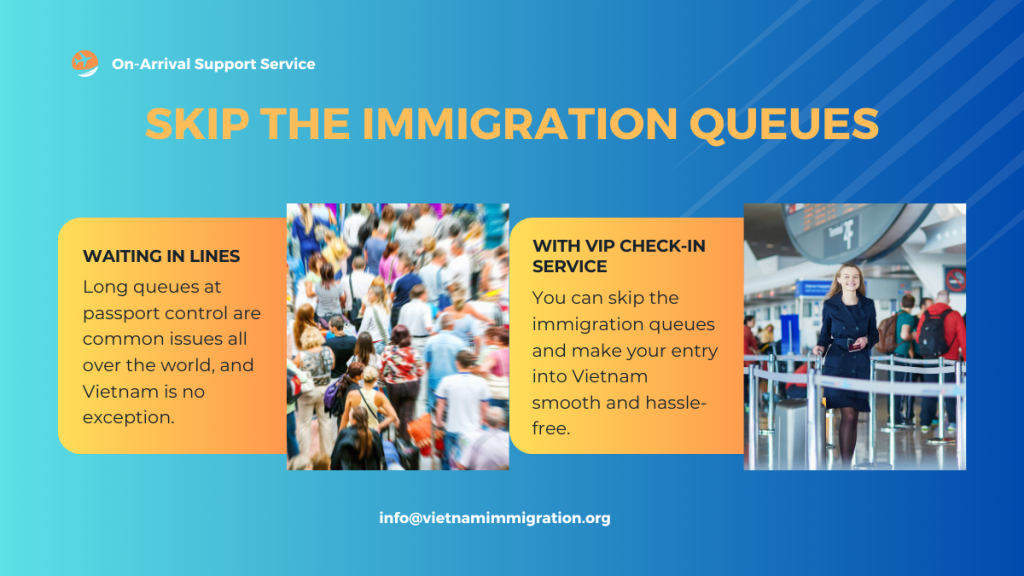
In the context of travel services, particularly those involving immigration procedures, the tenets of trust and reliability are of paramount importance. Assurances regarding the security of financial investment and the guaranteed delivery of services are fundamental. When considering the booking of the Fast Entry Service for Phu Bai International Airport through vietnamimmigration.org, it can be affirmed that a reputable and experienced provider is being selected.
The following represent key justifications for entrusting vietnamimmigration.org with the facilitation of a smooth arrival in Vietnam:
Vietnamimmigration.org possesses in excess of 15 years of experience within the domain of Vietnamese immigration and visa services. This comprehensive operational history attests to profound procedural knowledge, a demonstrated capacity to navigate complexities, and a sustained commitment to client service. The domain vietnamimmigration.org has been continually operational since 2008, signifying its longevity and established presence within the online travel service industry.
Client assurance is a primary objective. Vietnamimmigration.org upholds the quality and dependability of its services through a 100% money-back guarantee. This policy confers substantial protection, ensuring eligibility for a full refund in the unlikely event that the service is not rendered as stipulated. Comprehensive details of this guarantee policy are available for review at: https://www.vietnamimmigration.org/refund-policy/
As previously elaborated within the booking procedures, exclusive utilization of PayPal for service payments is a deliberate choice. This decision capitalizes on PayPal’s industry-leading security features and, crucially, its Buyer Protection Policy. This policy is specifically formulated to safeguard purchasers in instances of transactional anomalies. It stipulates that if an eligible transaction deviates from expectation, PayPal may facilitate reimbursement. Further information regarding PayPal’s buyer protection provisions can be accessed at: https://www.paypal.com/vn/webapps/mpp/paypal-buyer-protection
Independent verification of service quality is encouraged. Prospective clients are invited to review independent feedback and testimonials from prior users of our services. Customer experiences are accessible on Sitejabber, a recognized consumer review platform: https://www.sitejabber.com/reviews/vietnamimmigration.org These accounts offer transparent insights into the reliability and efficacy of the service.
In an era where the security of personal data is paramount, vietnamimmigration.org prioritizes client privacy. All transactions are conducted via encrypted systems, and strict adherence to relevant data protection legislation is maintained. A definitive assurance is provided that personal data will not be utilized for marketing endeavors or disseminated to third parties. Personal information is managed with the utmost confidentiality and discretion.
The confluence of extensive experience, robust guarantee frameworks, secure payment methodologies, positive client endorsements, and a stringent commitment to data privacy establishes vietnamimmigration.org as a trustworthy platform for securing fast entry at Phu Bai Int’l Airport, enabling travelers to embark on their Vietnamese journey with enhanced confidence.

Beyond considering the fast entry at Phu Bai Int’l Airport service, several general recommendations are offered to optimize the arrival experience. Proactive measures and informed awareness will significantly reduce potential stressors.
This point cannot be overemphasized. Visa regulations are subject to change, and requirements may differ based on nationality or the intended purpose of travel.
Familiarization with Vietnam’s customs regulations pertaining to duty-free allowances is crucial to prevent complications upon arrival. Typically, these allowances encompass:
Exceeding these stipulated limits mandates declaration at the Red Channel within the customs area.
Vietnam maintains stringent regulations concerning prohibited items. Importing such articles can lead to severe penalties, including monetary fines and incarceration. Commonly prohibited items include:
In instances of doubt, it is advisable to refrain from transporting the item.
Certain items are subject to restrictions and necessitate specialized permits or declarations. These may include:
Any such items should be declared to customs authorities upon arrival.
While taxi services and ride-hailing applications are available at Phu Bai International Airport, pre-arranging transportation to the intended accommodation can optimize time and mitigate potential inconveniences such as fare negotiation or the search for a reliable driver post-flight.
Lastly, while all aforementioned recommendations aim to facilitate a smoother arrival, unforeseen delays remain a possibility at any international airport. The simultaneous arrival of multiple flights can lead to unexpected surges in passenger volume at immigration checkpoints.
By integrating meticulous preparation with informed decisions, such as pre-arranging transportation and considering an expedited entry service, travelers can ensure a pleasant and efficient introduction to the cultural and natural wonders of Vietnam upon arrival at Phu Bai International Airport.
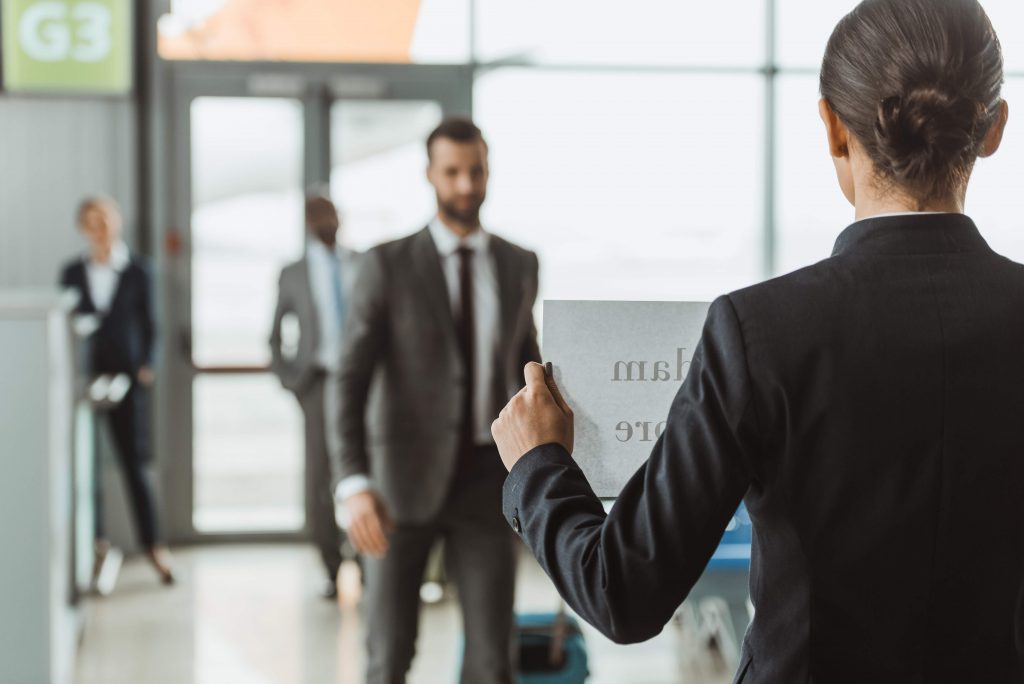
Interactive Guide to Phu Bai Airport Arrival Phu Bai Airport (HUI) Arrival Guide Your interactive guide to a seamless entry into Vietnam. First, select your visa status to personalize your guide: E-visa / Visa-Free Visa on Arrival (VOA) Your Arrival Process This flow shows the typical steps you will take upon arrival.

Waiting in lines at the immigration checkpoint in Phu Bai Int’l Airport can be exhausting, especially after a long flight. If you want to skip the queues at the immigration checkpoint as a VIP, you should book the Arrival Immigration Fast-track Service in advance before you go.
Phu Bai Airport (HUI) Arrival Infographic Phu Bai Airport Arrival: Infographic Guide An analysis of the arrival process at Phu Bai International Airport (HUI), showing how to save time and start your Vietnam adventure faster. E-Visa & Visa-Free Process Analysis A side-by-side comparison for travelers with an E-Visa or from a visa-exempt country.
Phu Bai Airport (HUI) Interactive Arrival Guide Phu Bai Airport Guide Arrival Process Fast Entry Service Why Trust Us Checklist Open main menu Arrival Process Fast Entry Service Why Trust Us Checklist Arrive in Vietnam Stress-Free Your interactive guide to navigating Phu Bai International Airport (HUI). Skip the queues and start your adventure sooner.

Welcome to Hue, the ancient imperial capital of Vietnam! As you prepare for your journey, the thought of navigating a new airport might seem overwhelming. But don’t worry.
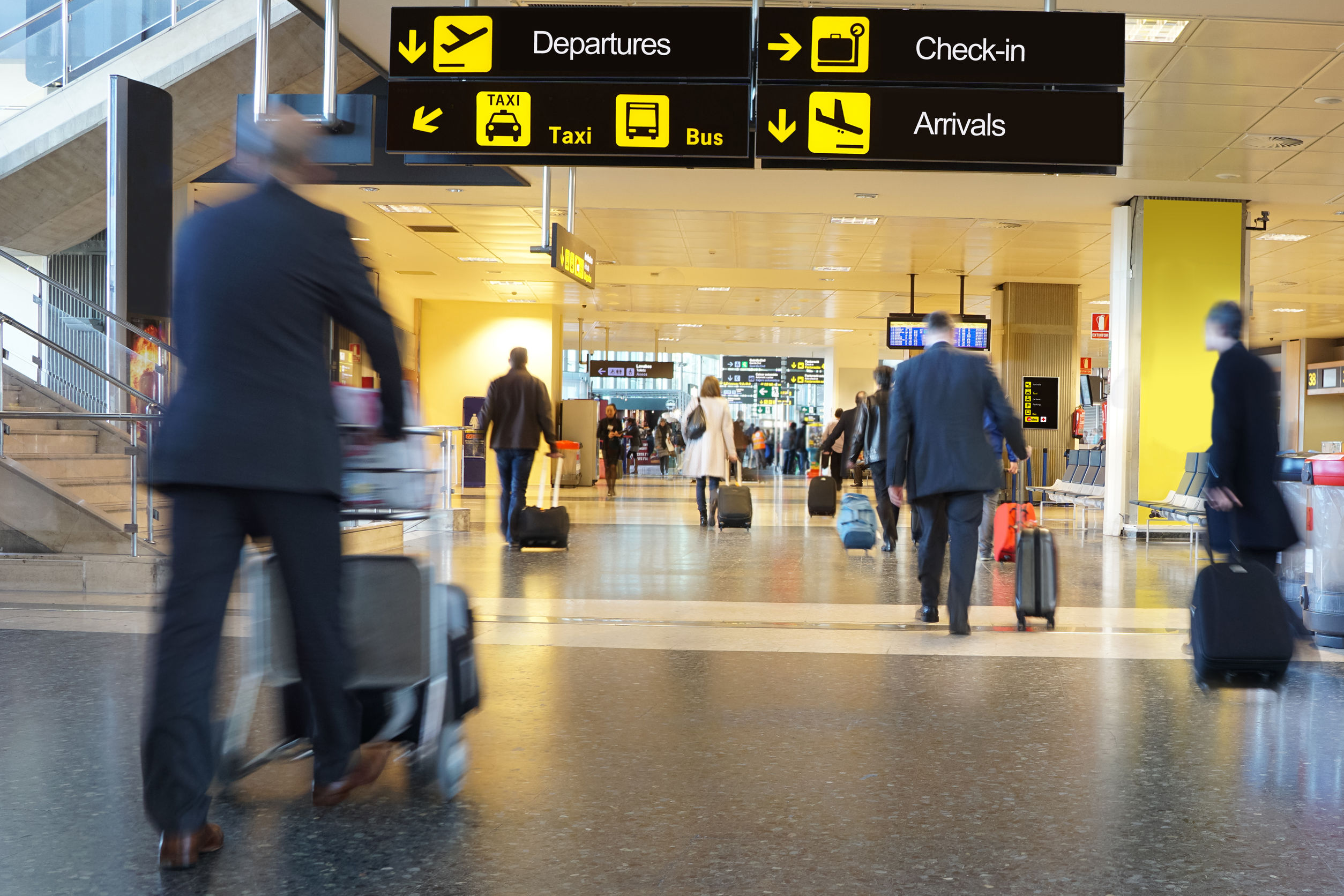
Long lines at immigration checkpoints are a universal travel woe, and Phu Bai Airport is no exception. Wait times can stretch to over an hour during busy periods, leaving you tired before you even step outside.

If you’re visiting the city of Hue, flying into Phu Bai Airport is the best option. The airport is the main gateway to the city.